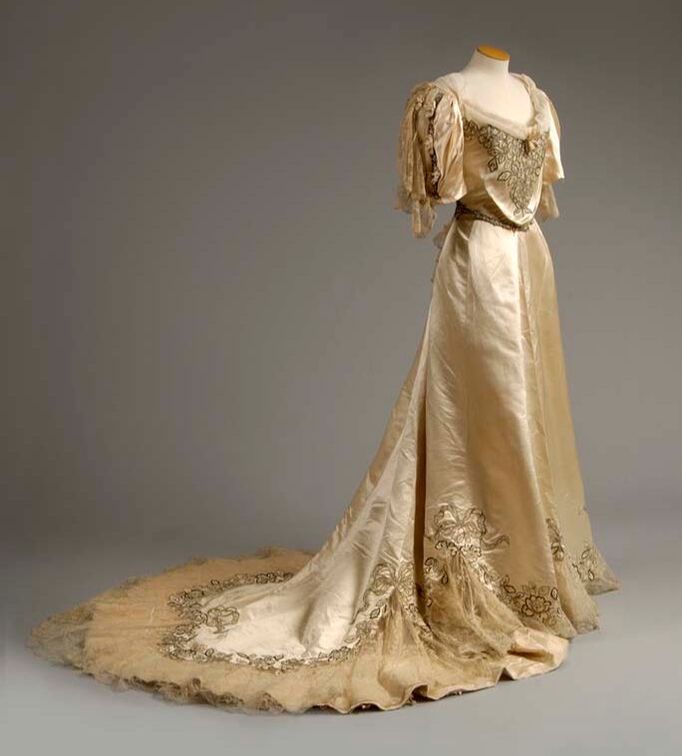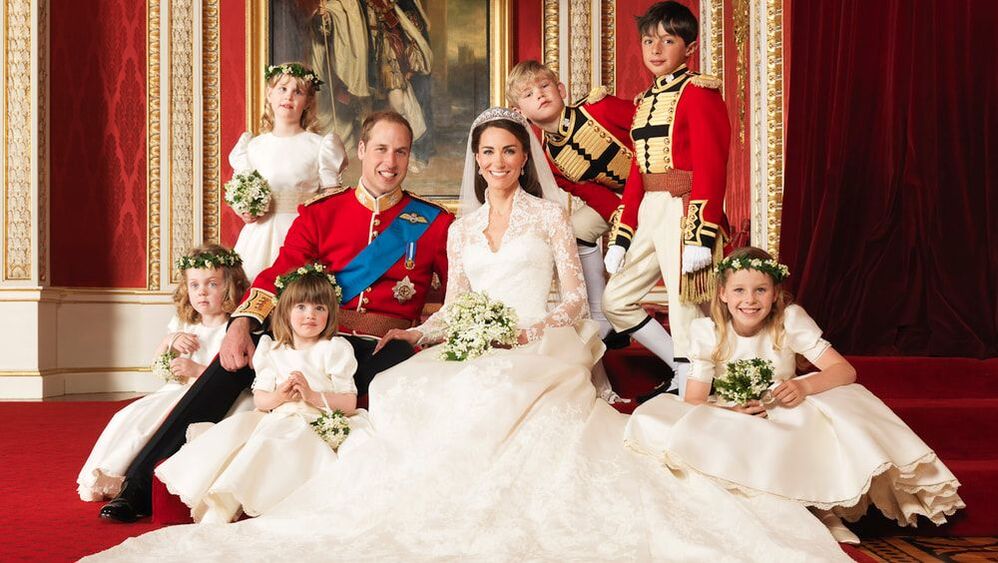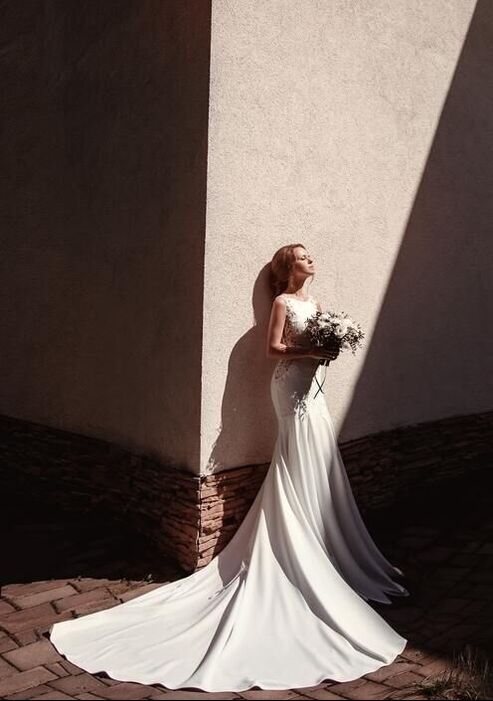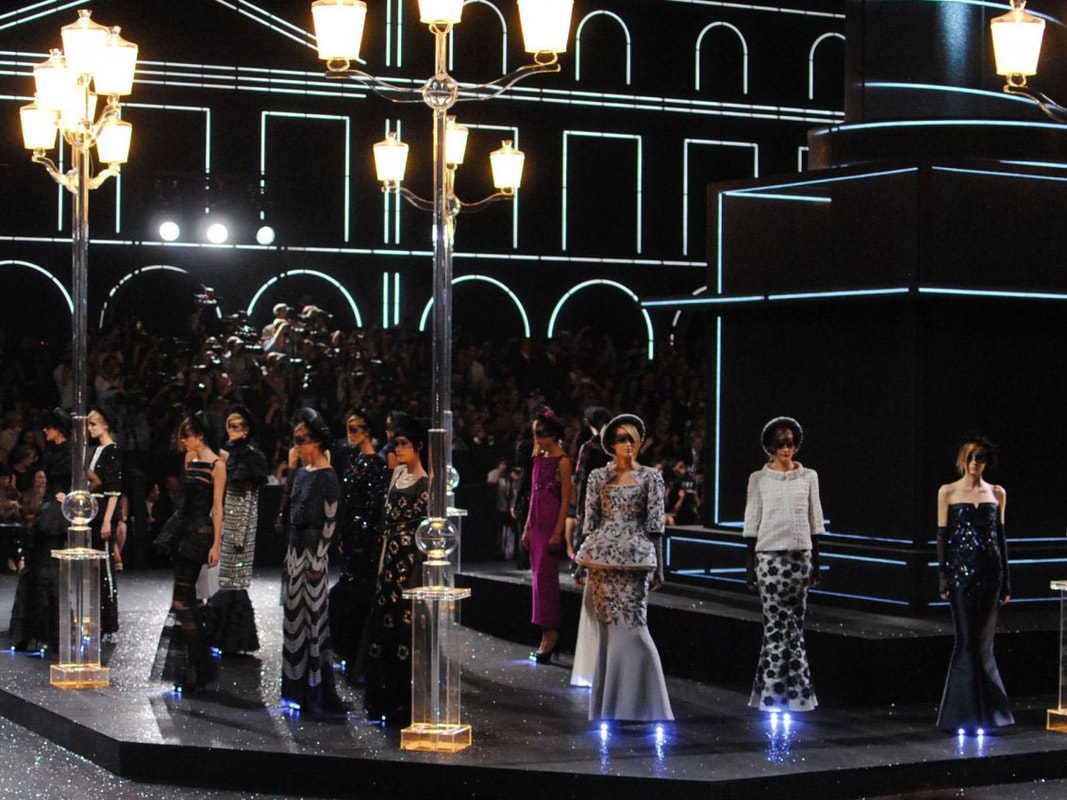|
15/11/2020 A potted history of the wedding dressWho wore the first one? And were they always white? Everything you need to know about the wedding dress explained… Whether you opt for a dramatic Ralph & Russo-style gown, a frothy Giambattista Valli confection or borrow a vintage treasure from your grandmother in the mode of Princess Beatrice, for most, the wedding dress is the most important (and expensive) item of clothing they will ever own. And, while the wedding dress doesn’t escape the influence of the fads and fashions of each era, the modern bridal gown has become subject to a few traditional constants. Its colour, for example, rarely strays too far beyond the boundaries of ivory, oyster or champagne. It tends to be floor length and often features delicate embellishments, fine lace, ornate beading or similar.
In fact it was the choice of this lace that influenced the colour. While modern tradition will have you believe white is the colour of purity - and thus not suitable for second marriages - Victoria’s dress was white largely because it was the shade that would best showcase the delicacy of the lace. One of her most treasured possessions, Victoria wore the lace flounce again at the weddings of her eldest daughter, Victoria, in 1858 and the future George V in 1893. Queen Victoria’s veil also made frequent reappearances at family christenings, for her Diamond Jubilee portrait and she even requested to be buried wearing it. Queen Victoria did, however, notes biographer Julia Baird, request that no-one other than her bridesmaids wear white, thus instituting both a royal tradition of bridesmaids in white gowns (see Pippa Middleton) and possibly the most sacred dictate of wedding dress code etiquette. Victoria was also a proponent of that flashiest of bridal choices: an outfit change. An increasingly common choice for the modern bride, Victoria swapped her heavy bridal gown for a white swansdown dress and bonnet for the reception. However, hers was not a choice dictated by a wish to dance more freely into the evening: Victoria left her wedding reception at 4pm and headed straight to Windsor Castle for a honeymoon lasting just two days. And, while her honeymoon choices may not fit with modern preferences, the dress itself, with its corseted top and full skirt, has stood the test of time. To look at Queen Victoria’s gown today is to see that, in their most traditional sense, wedding dresses in the Western world have barely changed over the past 180 years. Which isn’t to say, of course, that each new generation and decade hasn’t stamped its own unique style on the wedding gown. The Industrial Revolution, and the new techniques and machines for clothing production it brought with it, made the creation of intricate dresses both easier and cheaper - putting the dream of owning a Victoria-style wedding gown to be worn for just one day within reach of wealthier classes for the first time. As such, women began turning to the designers of the day, such as Charles Frederick Worth and Paul Poiret, and department stores like Liberty & Co for their wedding dresses. The gowns themselves, in turn, began following the latest fashions.
As concerns about sustainability within the fashion industry have grown so the practice of buying a new gown for a single day has been brought into question. As a result brides are increasingly turning to vintage or second-hand stores in search of their dress (the wedding dress resale market is expected to top $50 million by 2024) while the practice of altering a gown worn by a mother, grandmother or aunt is also becoming increasingly common. In fact, Princess Beatrice’s choice to wear a customised Norman Hartnell evening dress belonging to Queen Elizabeth II for her wedding in July 2020 may be enough to cement this as the way forward for modern brides. As history shows, where the royals go the rest are sure to follow. Comments are closed.
|
Search by typing & pressing enter






